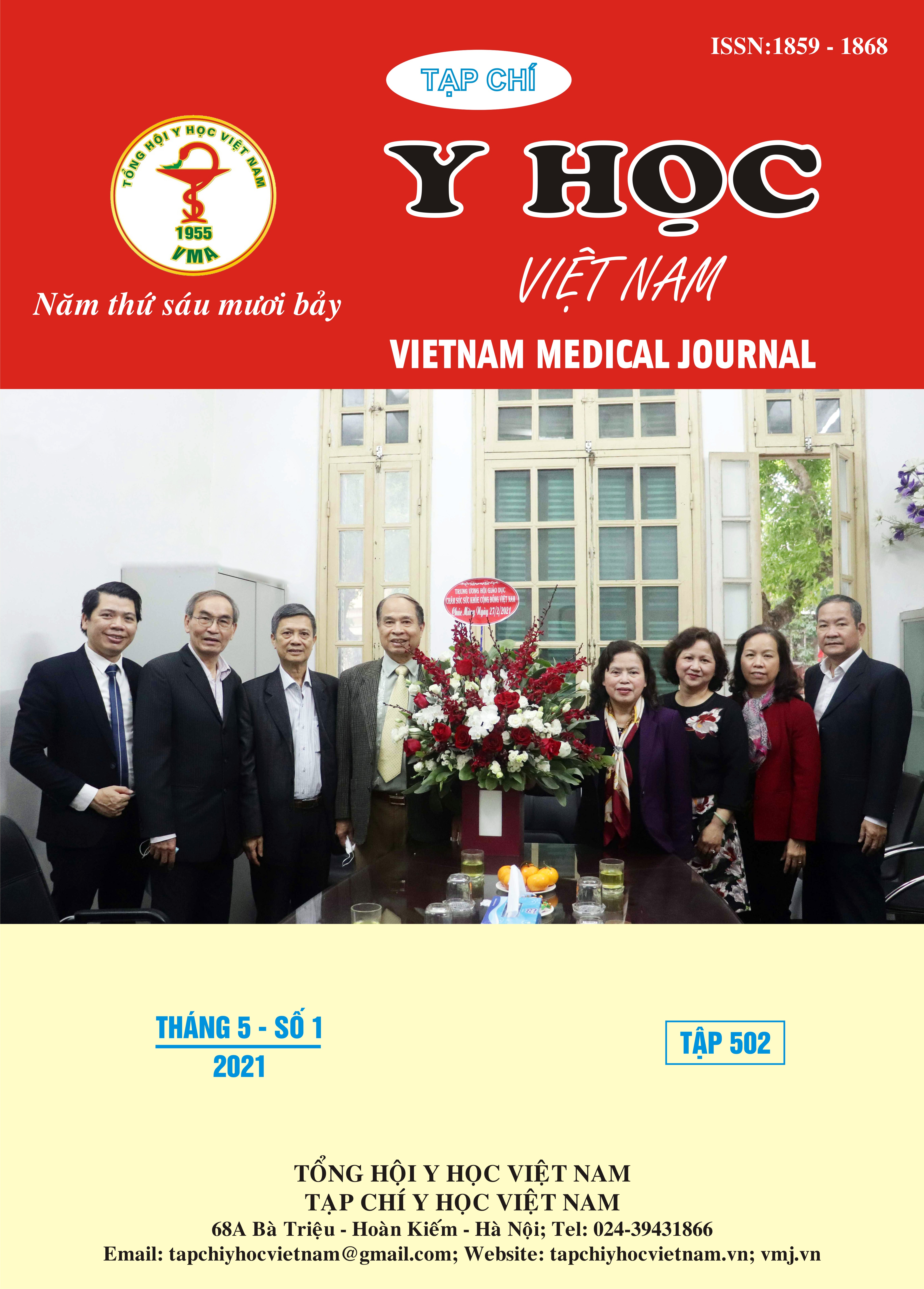TREATMENT OF A VAGINAL CUFF SCAR PROLAPSE BY PESSARY METHOD: A CASE REPORT AT CAN THO OBSTETRICS AND GYNECOLOGY HOSPITAL
Main Article Content
Abstract
Post-Hysterectomy Vaginal Vault Prolapse (PHVP) is the descent of the apex of the vagina (vaginal vault or cuff scar) after hysterectomy. PHVP is a rare complication following both abdominal and vaginal hysterectomy. The risk is increased in women following with vaginal hysterectomy. PHVP has been reported to follow 11.6% of hysterectomies performed for prolapse and 1.8% for other benign diseases [4]. Today, there are many methods to treat PHVP such as surgery, pelvic floor muscle training, vaginal pessary. In particular, surgical intervention remains integral in the effective management of women with post-hysterectomy vaginal vault prolapse. But for frail elderly patients, with many associated medical conditions, vaginal pessary remains a conservative treatment option that can be considered as first-line treatment. The success rate of pessary fitting was 63.2% [3]. It shows that the unsuccessfull rate of pessary fitting is very high. One of the factors that predict the likelihood of insertion failure is having a hysterectomy. However, we would like to discuss a case of successful treatment for vaginal cuff scar with a pessary, with the increase in quality of life. Patient 73 years old, PARA 100010, vaginal cuff scar prolapse stages III of POP-Q. The patient who was placed on the treatment pessary with PFDI-20 and PFIQ-7 scores before insertion of the Gellhorn pessary 57mm was 141.67 and 95.24. After 1 month of follow-up, the PFDI-20 and PFIQ-7 scores improved significantly with 27.08 and 14.29 scores.
Article Details
Keywords
Post-Hysterectomy Vaginal Vault Prolapse
References
2. Kaplan PB Sut N, Sut HK (2012), "Validation, cultural adaptation and responsiveness of two pelvic floor specific quality of life questionnaires, PFDI-20 and PFIQ-7, in a Turkish population", Eur J Obstet Gynecol Reprod Biol, 162 (2), pp. 229-233.
3. Ma Congcong, Kang Jia, Xu Tao, et al. (2020), "Vaginal pessary continuation in symptomatic pelvic organ prolapse patients with prior hysterectomy", Menopause, 27(10), pp. 1148-1154.
4. Robinson Dudley, Thiagamoorthy Gans, Cardozo Linda. (2018), "Post-hysterectomy vaginal vault prolapse", Maturitas, 107, pp. 39-43.
5. Schulz J.A Kwon E (2007), "Pelvic Organ Prolapse - Pessary Treatment", Vol 4, Medilam, pp. 271-277.
6. SOGC (2013). Technical update on pessary use. National Guideline, Clearinghouse
7. Uzoma Azubuike, Farag K. A. (2009), "Vaginal vault prolapse", Obstet Gynecol Int, 2009, pp. 275621.


